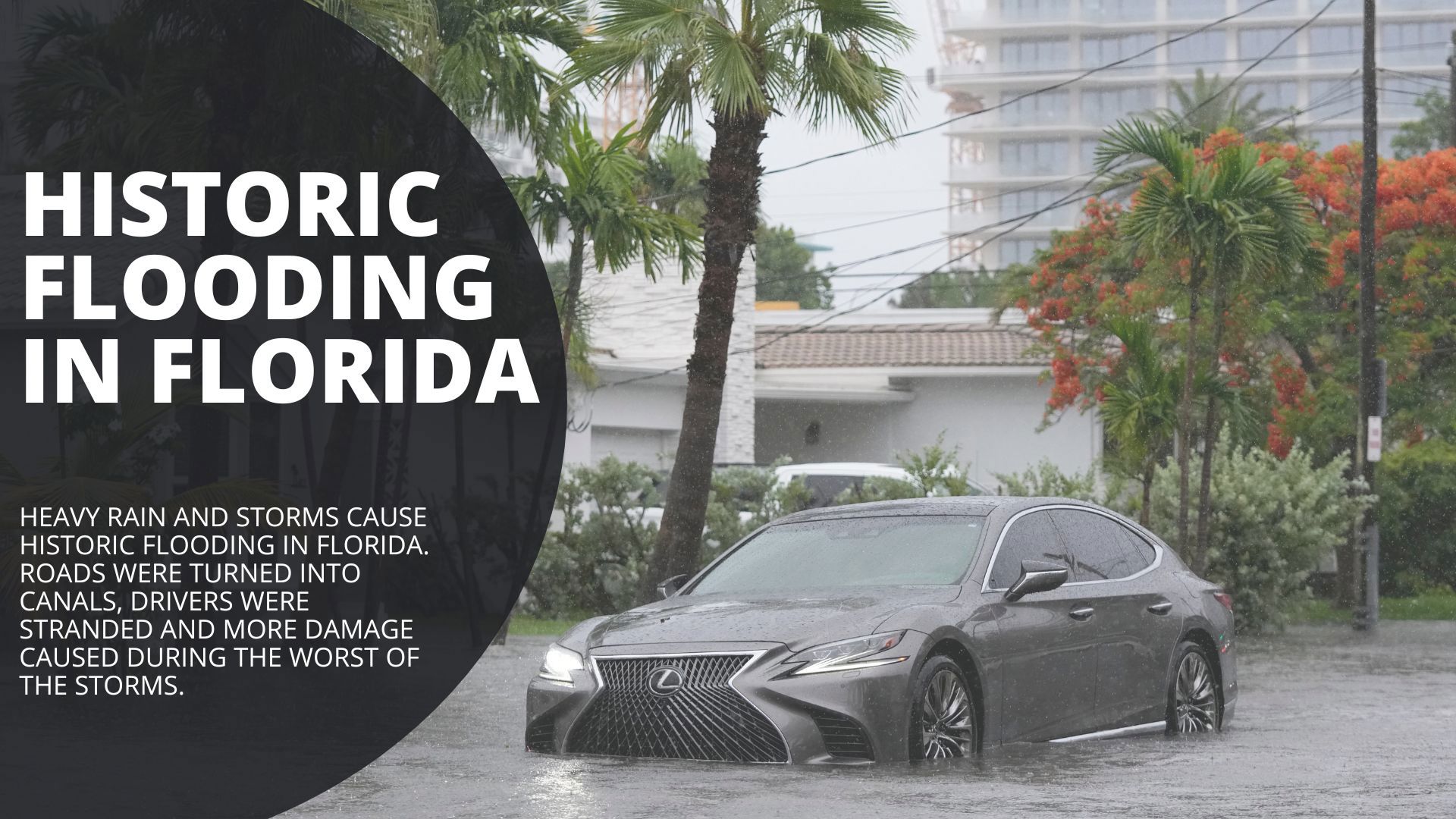COLUMBUS, Ohio — Two waves of severe storms made their way through central Ohio on Sunday, bringing heavy rain and strong winds.
During the first wave, most of central Ohio was under a Severe Thunderstorm Watch and several counties were put under a Severe Thunderstorm Warning. Tornado Warnings were issued for a couple of counties in the northern part of the 10TV viewing area just before 6 p.m.
The second round of storms arrived around 9:30 p.m. and moved out early Monday morning.
The second round was slightly weaker, but still brought a heavy dose of rain.
Meanwhile, powerful storms killed at least 18 people and injured hundreds of others while leaving a path of destruction across Texas, Oklahoma and Arkansas over the weekend.
The storms inflicted their worst damage in a region spanning from north of Dallas to the northwest corner of Arkansas, and the system threatened to bring more violent weather to other parts of the Midwest. By Monday, forecasters said, the greatest risk would shift to the east, covering a broad swath of the country from Alabama to near New York City.
The destruction continued a grim month of deadly severe weather in the nation's midsection.
Tornadoes in Iowa last week left at least five people dead and dozens injured. The deadly twisters have spawned during a historically bad season for tornadoes, at a time when climate change contributes to the severity of storms around the world. April had the second-highest number of tornadoes on record in the country.
Back in central Ohio, dry skies return in the afternoon with temperatures dipping back into the 70s. Much of next week looks cooler and drier with partly sunny skies.
Doppler 10 Weather Resources
___
DOPPLER 10 SEVERE WEATHER SAFETY GUIDE
DIFFERENCES BETWEEN WATCHES & WARNINGS
Watch
A Watch indicates the possibility of severe weather in a relatively broad area. For instance, a tornado watch means conditions are favorable for the development of tornadoes. Go about your normal routines, but watch for threatening weather.
Warning
A Warning is issued when severe weather is actually occurring. For instance, a tornado warning means a tornado has actually been sighted or has been indicated by radar. The warning usually encompasses a relatively small geographic area. If a warning is issued for the area in which you live, take cover immediately!
TORNADOES AREN'T THE ONLY REASON TO STAY ALERT
Strong Winds
Strong winds of 55 mph or more can cause significant damage even though no tornado is present. "Downbursts" are columns of air that slam to the earth and spread high winds in many directions. Downbursts can be just as damaging as tornadoes; if such conditions are present, take the same precautions as you would for a tornado.
Lightning
Lightning claims more lives every year than tornadoes. When lightning is a threat, stay indoors and don't use electrical appliances. If you're caught outside, keep a safe distance from tall objects, and try to stay lower than anything nearby. A safe distance from a tree is twice its height.
TAKING COVER
Storms producing tornadoes in Ohio often approach from the southwest. They can travel at speeds up to 70 miles per hour and contain winds estimated at over 200 miles per hour.
Sometimes an approaching tornado will sound like the roar of a train or airplane. If you see or hear a tornado, take cover immediately. Seek shelter inside, preferably below ground level. Do not waste time opening windows; tornado-force winds will "open" the windows well before the pressure difference can cause any structural damage. Above all, protect your head and lie flat.
At Home
Get away from windows, doors and outside walls. Go to the basement. If you have no basement, go to a first floor bathroom, closet or room at the center of the house. If possible, get under heavy furniture and cover your head with blankets or pillows.
At School
Go to the lowest floor or basement. Go to small interior rooms or hallways. Stay away from windows and avoid auditoriums, gyms and other areas with wide, free-span roofs.
In Public Buildings
Go immediately to the designated shelter area or to an interior hallway or small room on the lowest level. Stay away from windows. Do not use elevators. Do not go to your car.
During tornado drills or actual tornado warnings, remember to DUCK
D – Go DOWN to the lowest level, stay away from windows
U – Get UNDER something (such as a basement staircase or heavy table or desk)
C – COVER your head
K – KEEP in shelter until the storm has passed



